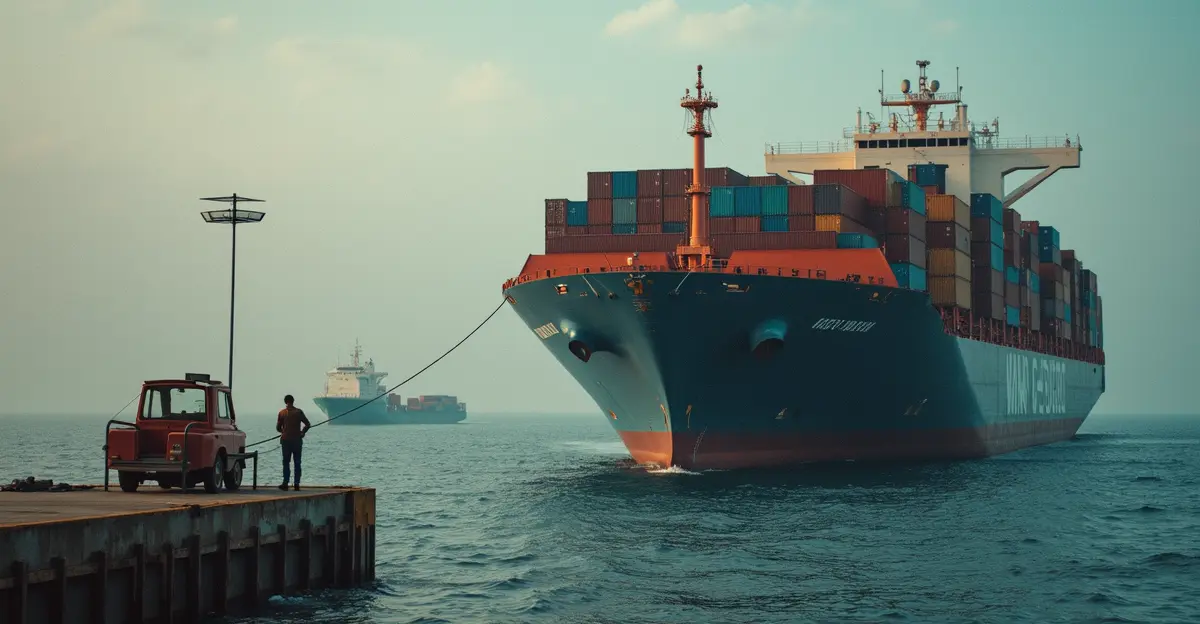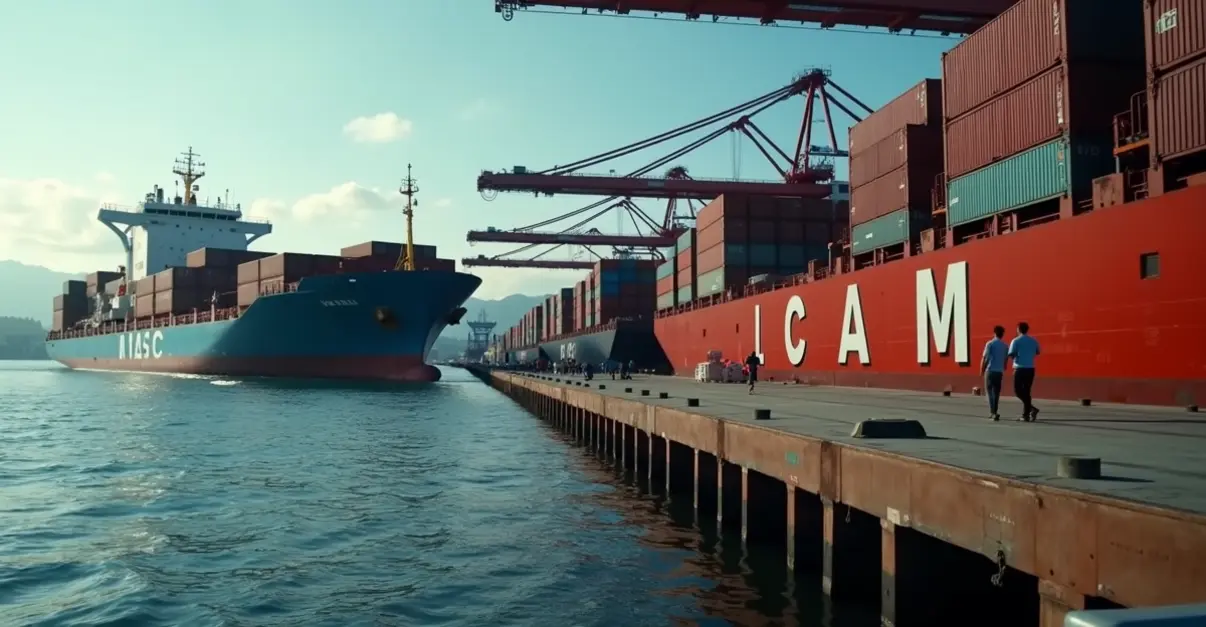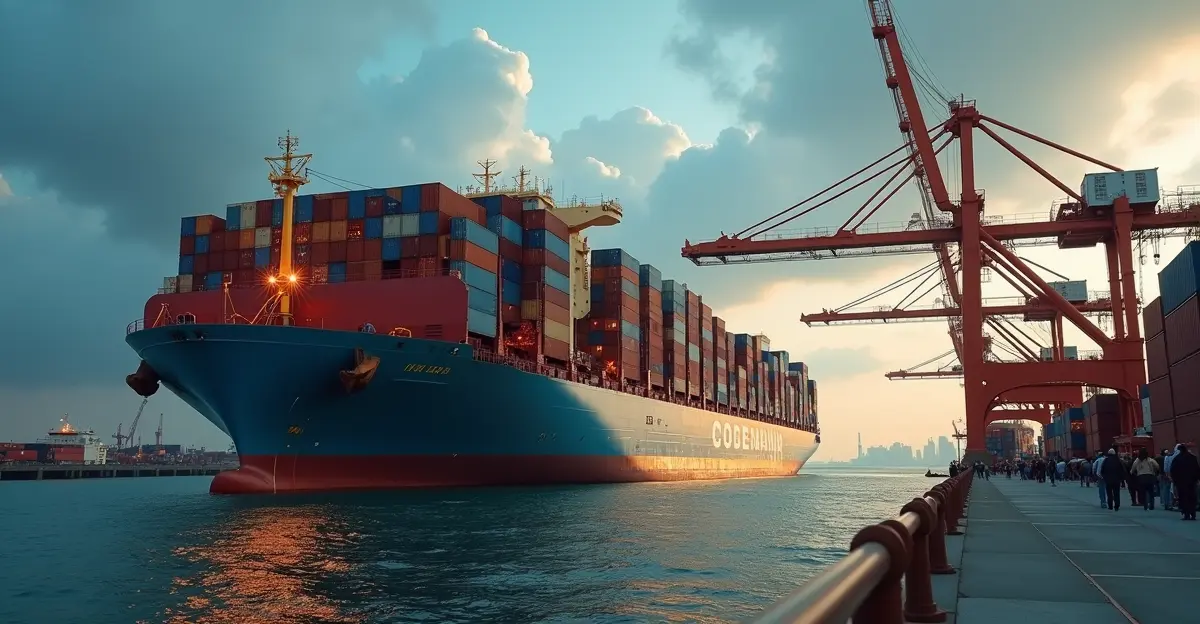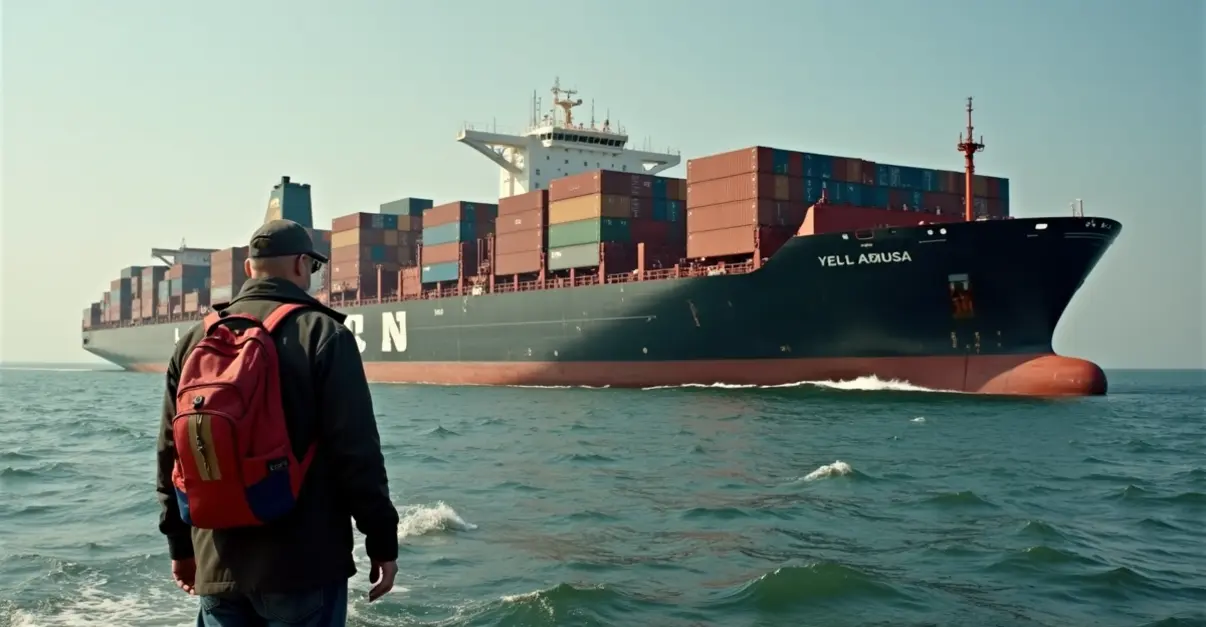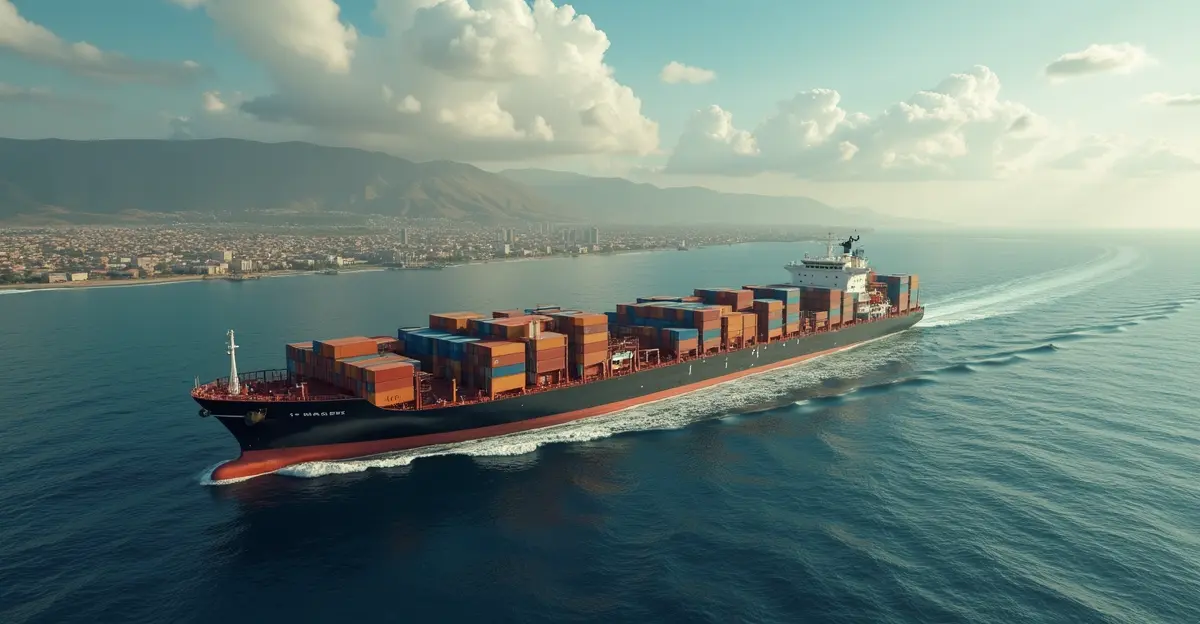Global shipping costs surge 300% due to Red Sea attacks and trade tensions, forcing route diversions and adding weeks to delivery times, impacting consumer prices worldwide.
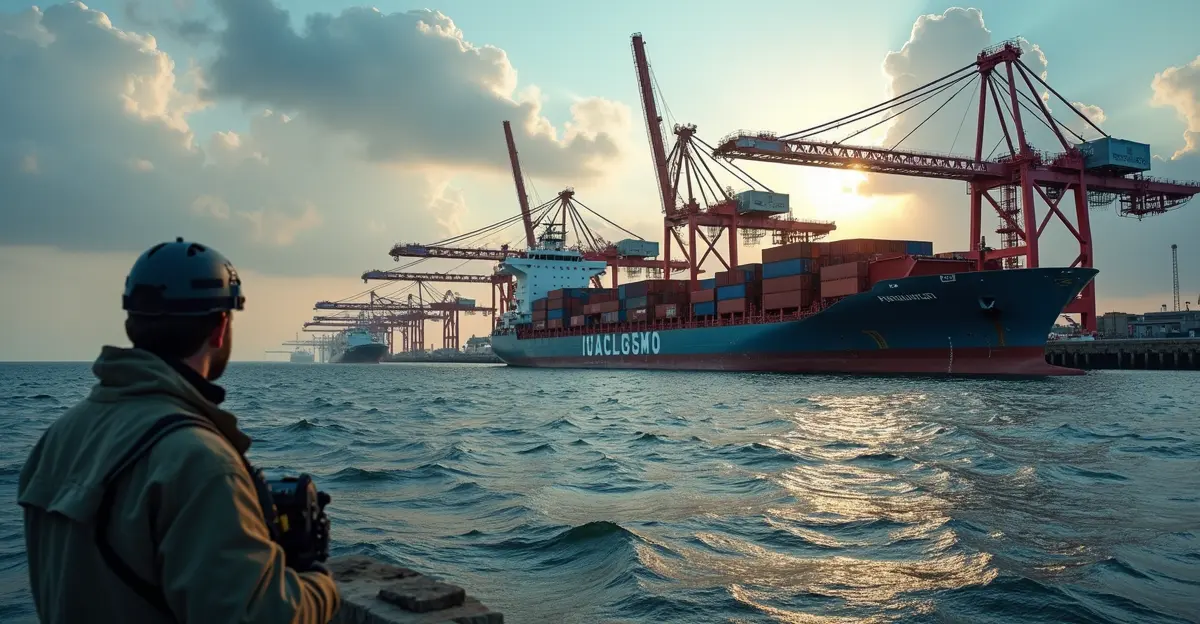
Shipping Industry Faces Unprecedented Cost Pressures
Global logistics costs have surged to record levels in early 2025 as ongoing trade tensions and geopolitical conflicts continue to disrupt international supply chains. The shipping industry, already grappling with pandemic-era disruptions, now faces additional pressures from renewed trade wars and regional conflicts that are forcing carriers to reroute vessels and absorb massive cost increases.
Red Sea Crisis Escalates Shipping Costs
The ongoing Houthi attacks in the Red Sea have created a major choke point for global shipping, forcing container ships to take the much longer route around Africa's Cape of Good Hope. This diversion adds approximately 3,000-3,500 nautical miles to journeys between Asia and Europe, increasing transit times by 10-14 days and fuel consumption by up to 30%. Container shipping rates from Asia to Europe have skyrocketed by over 300% since December 2024, with some carriers charging premium rates of $10,000-$15,000 per forty-foot container.
Trade War Impacts Multiply
Renewed trade tensions between major economic powers have further complicated the global logistics landscape. Tariff increases and retaliatory measures have created uncertainty in supply chains, prompting companies to stockpile inventory and seek alternative sourcing options. This has led to increased demand for shipping capacity just as available vessel space becomes constrained due to route diversions and operational challenges.
The combination of longer transit times, higher fuel costs, increased insurance premiums, and additional security measures has created a perfect storm for logistics costs. Shipping companies are passing these expenses to consumers, with analysts predicting that the increased costs will eventually translate to higher prices for imported goods across multiple sectors.
Industry Response and Adaptation
Major shipping lines are implementing emergency surcharges and peak season fees to manage the increased operational costs. Some carriers are deploying additional vessels to maintain schedule reliability, while others are optimizing networks to maximize efficiency on the extended routes. The industry is also investing in digital solutions to better track shipments and predict delays, but these measures come with their own implementation costs.
According to industry experts, the current situation represents one of the most challenging periods for global logistics since the COVID-19 pandemic. The convergence of multiple geopolitical factors has created a level of complexity that requires sophisticated risk management and contingency planning from businesses relying on international supply chains.

 Nederlands
Nederlands
 English
English
 Français
Français
 Deutsch
Deutsch
 Español
Español
 Português
Português




